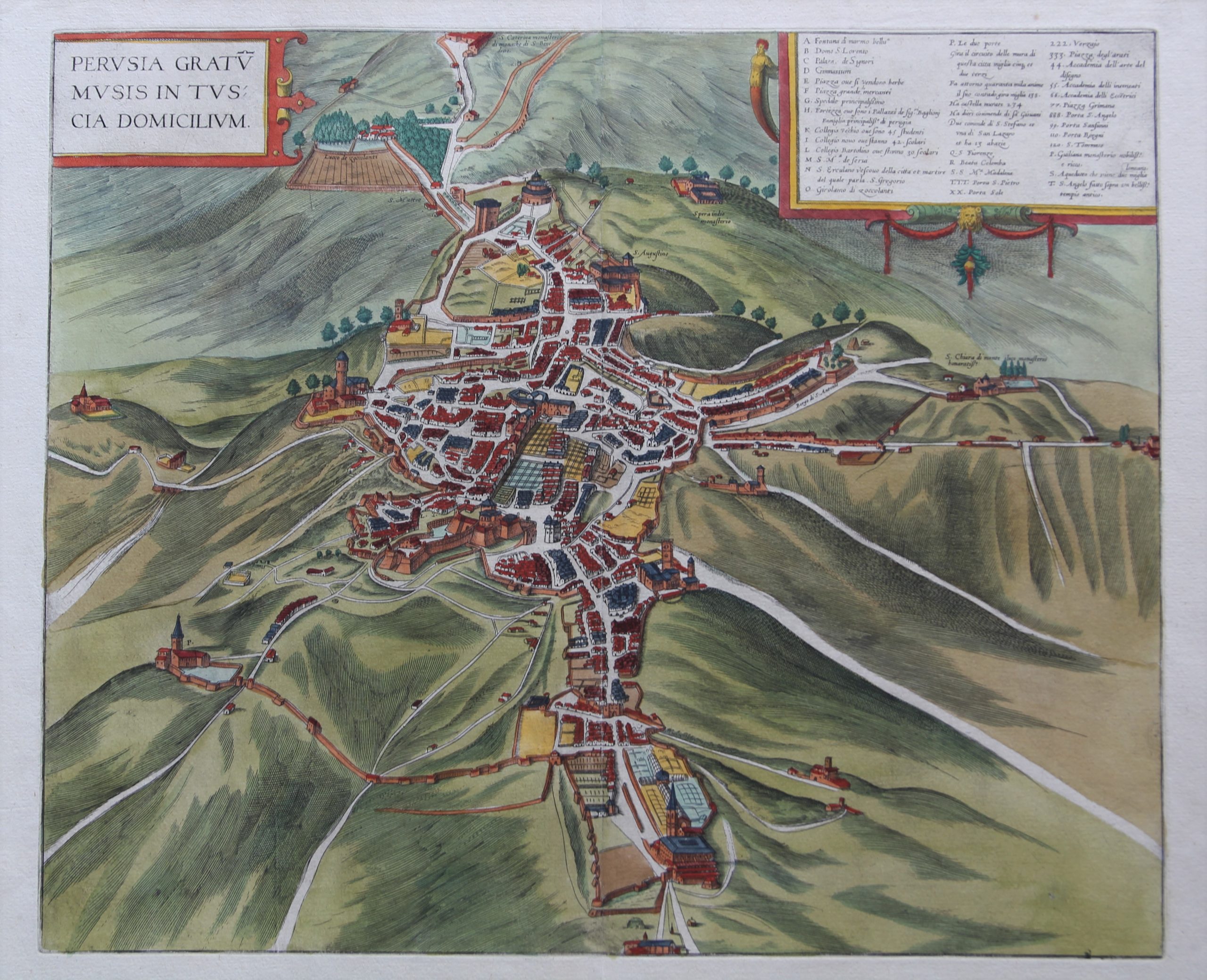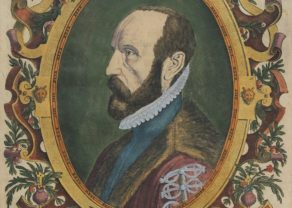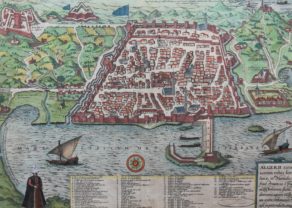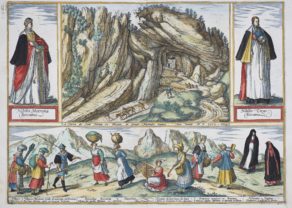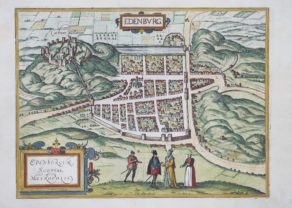Perugia – Perusia Gratumusis in Tuscia Domicilium.
Detail
Date of first edition: 1588
Date of this map: 1588
Dimensions (not including margins): 36,5 x 43,5 cm
Dimensions (including margins): 41,9 x 52,5 cm
Condition: Very good. Strong paper and wide margins. Centre fold as published. Original colouring.
Condition rating: A+
Verso: text in Latin
Map references: Van der Krogt 4, 3366; Taschen, Br.. Hog., p.327.
From: Liber quartus Urbium Praecipuarum totius Mundi. Cologne, 1588-97. Koeman, B&H4; Van der Krogt 4, 41:1.4
In stock
Perugia commented by Braun
“Now let us take a closer look at the situation of the city of Perugia. It lies on a hill in the Apennines and is shaped like a star because most of the surrounding countryside is rolling, dotted with fertile and picturesque little hills, on which fine wine, olives, figs, apples and other excellent fruits are grown. Below the city, towards Assisi, and also in the direction of Todi near the Tiber, are charming and fertile plains and arable land on which wheat and other cereals are cultivated. The city is a natural and secure fortress. It is adorned with magnificent buildings, both patrician houses and churches, and, moreover, it boasts a celebrated fountain gushing with abundant water at the town centre.”
CARTOUCHE: Perugia, abode of the Muses in Tuscany.
Taschen on Perugia
Seen from the south in a bird’s-eye view, the city sprawls across several hills and in places is protected by city walls and gates that make it look like a fortress. Some of its most important churches are on the periphery: on the northern edge of the city are Sant’Angelo at the centre and, near the southern boundary, San Pietro with a flat roof. Slightly above it in the picture is San Domenico. The complex comprising San Francesco and San Bernardino is on the western edge of the city. At the centre is the cathedral of San Lorenzo, a Gothic hall church. In front of the cathedral tower stands the celebrated Fontana Maggiore. An early ingenous settlement, Perugia flourished in the Middle Ages. It belonged to the Papal States from 1520 to 1680. Today the city with its university founded in 1276 is the capital of the province of Umbria.
The history of Perugia goes back to the Etruscan period: it was one of the main Etruscan cities. Today, it is the capital of the region of Umbria.
Related items
-
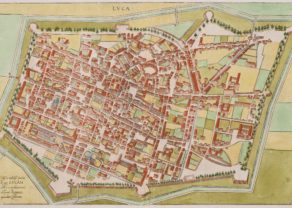
Lucca
by Georg Braun and Frans HogenbergPrice (without VAT, possibly to be added): €700,00 / $777,00 / £623,00 -
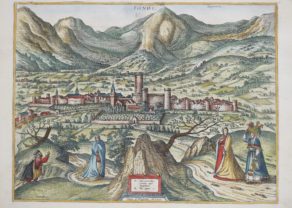
Fondi (Lazio)
by Georg Braun and Frans HogenbergPrice (without VAT, possibly to be added): €750,00 / $832,50 / £667,50 -
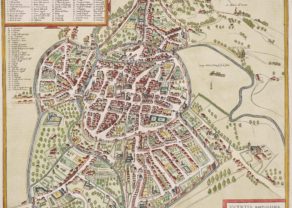
Vicenza
by Georg Braun and Frans HogenbergPrice (without VAT, possibly to be added): €900,00 / $999,00 / £801,00 -
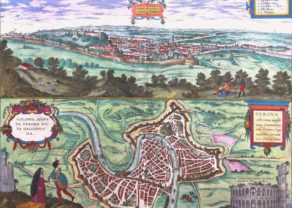
Verona – Magnifica Illa Civitas Verona (with) Colonia Augusta Verona Nova Galieniana Verona, Celeberrima, Amplissimaque Cenomanorum Urbs, Ptolemaeo.
by Georg Braun and Frans HogenbergPrice (without VAT, possibly to be added): €825,00 / $915,75 / £734,25Superb double view
